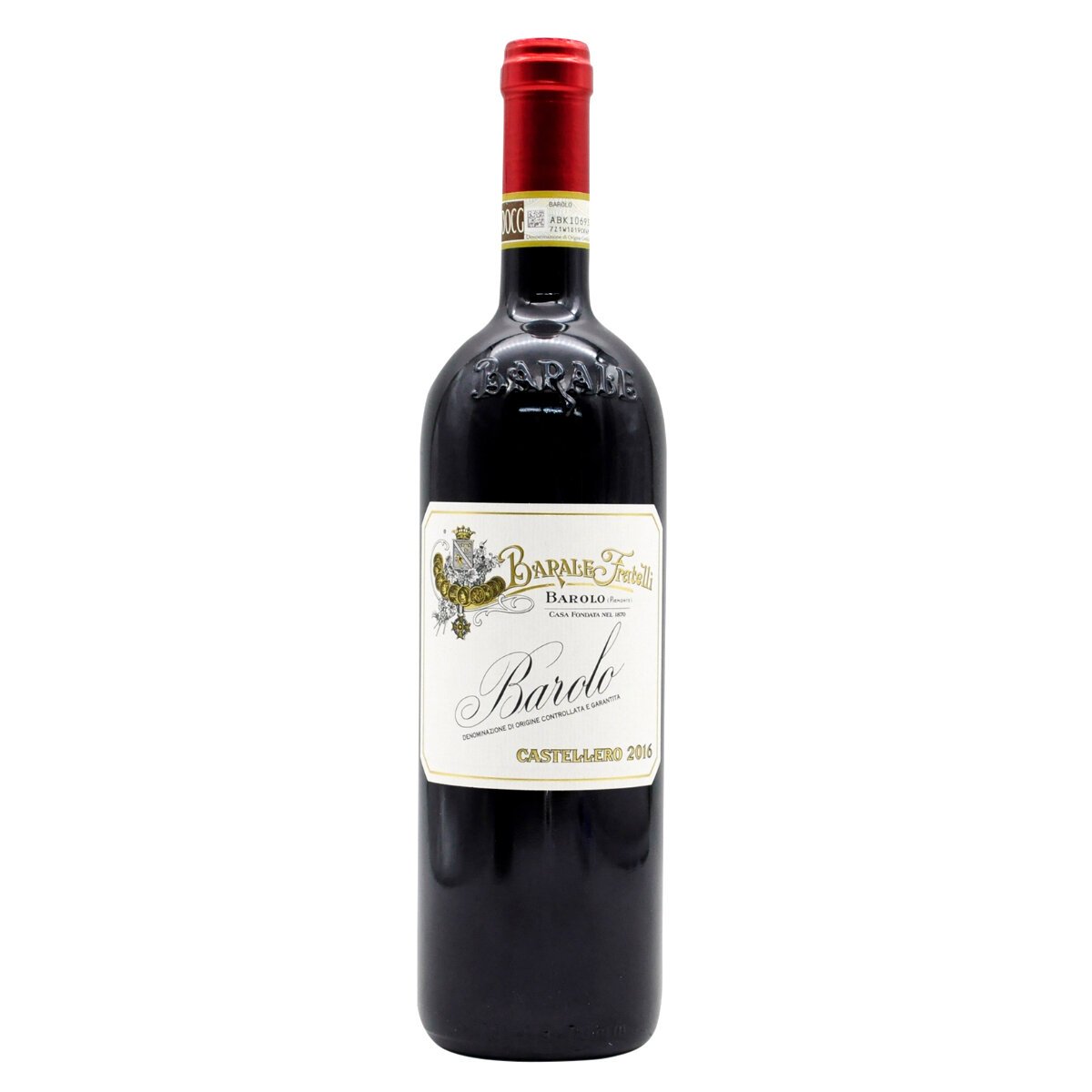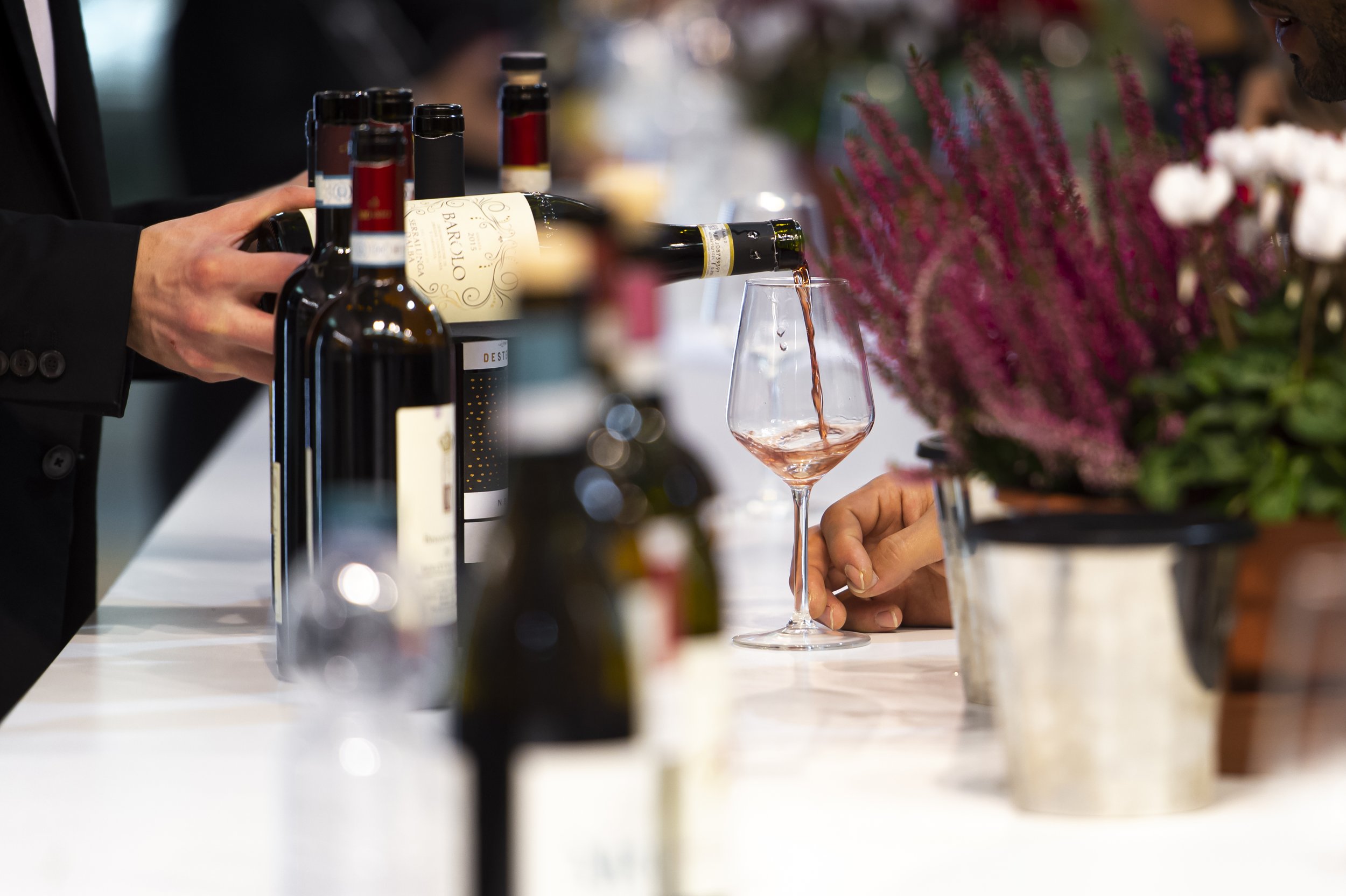Talking Italian


There are roughly 2,000 native wine grapes grown in Italy. About 400 of those are used to make any significant quantity of wine in the country. So, when it comes to diversity and choices for Italian wine lovers, there is no shortage of diversity. If we distill this list down further there are only a few that most cognoscente would consider as “noble” varietals: ones that create wines that have the quality, complexity, and longevity that allows them to stand out amongst the others and are on equal qualitative character with other “noble,” non-indigenous grapes from around the world, i.e., cabernet sauvignon and pinot noir. For me, there are only two: Sangiovese and Nebbiolo. And recently, a young sommelier asked me which one I prefer. Unbelievably, this is the first time I have been asked to choose.
Sangiovese is the most widely planted grape in Italy and is affectionately called the ‘“workhorse” of Tuscany. It produces the wines of Chianti, Chianti Classico, Brunello di Montalcino, Carmignano, Morellino di Scansano, vino Nobile di Montepulciano, and many super Tuscans under the IGT designation. Nebbiolo hails from the Piedmont region and is not even in the top 15 in terms of acreage. Barbaresco and Barolo are the most famous wines produced by Nebbiolo, and then Roero in the Piedmont, but it is also used in Valtellina from Lombardy. I know I am going to get some blowback, but I would choose Nebbiolo.
Why would I choose a high-acid, highly tannic wine that usually takes decades to reach its peak, versus a more approachable and arguably more consistent red? One reason is the expression of “terroir” in Nebbiolo. There is a reason why Nebbiolo is not grown throughout Italy; it thrives only in the Langhe hills around the villages of Barolo and Barbaresco. This unique microclimate and terroir give Nebbiolo its greatest expression and you can taste it through the region’s wines. My passion for Pinot Noir from Burgundy precedes me, and Nebbiolo can flirt with the similar vineyard exactitude that Burgundy is known for. Take, for instance, Gaja’s Sori Tildin structured and refined, Sori San Lorenzo’s the most masculine and chiseled, and Costa Russi the most elegant. All are 100% Nebbiolo from different vineyard sights in Barbaresco, made in the same cellar with the same vinification, and yet, each one with its own unique expression.
Reasons two, three and four are complexity, complexity and complexity. When Barolo and Barbaresco finally reach their peak, they have soaring complexities akin to the greatest wines on the planet. I am reminded of this with an amazing bottle of 1979 Castello Barale Barolo Riserva Castellero. It’s a gorgeous mélange of tart black and blue fruit with rose-like florals and sweet earthiness. The palate is silky, almost approaching mature Pinot Noir, and an aftertaste to die for. Just tonight, I enjoyed a bottle of 1985 Giacomo Borgogno Barolo Riserva that reminds me of the riches that reward patience with Barolo. At 27 years young, the wine still has beautiful dried wild tart cherries, cured plums, a potpourri of dried herbs and a sleek, enveloping finish. When Nebbiolo is mature, it gives you one of the most passionate and romantic kisses imaginable in the wine world.
Lastly, I choose Barolo and Barbaresco because of their affinity and association with one of the most decadent food items on the planet: white truffles. Tartufo Bianco, which is available only from October to December (if we are lucky) from the areas surrounding Alba, is traditionally served with aged and mature Nebbiolo, more specifically, Barolo, as Alba is a sub-region within the Barolo production zone. The aromatic intensity of the white truffles is matched only by the intensity of aged Nebbiolo. Together, they create one of the most unique and hedonistic culinary pleasures ever created.
Perhaps one day, someone will use one of those other 2,000 or so grape varieties to create a wine that will surpass the qualities of Nebbiolo. Until then, you will find me over here with my white truffles and Nebbiolo patiently and happily waiting.

